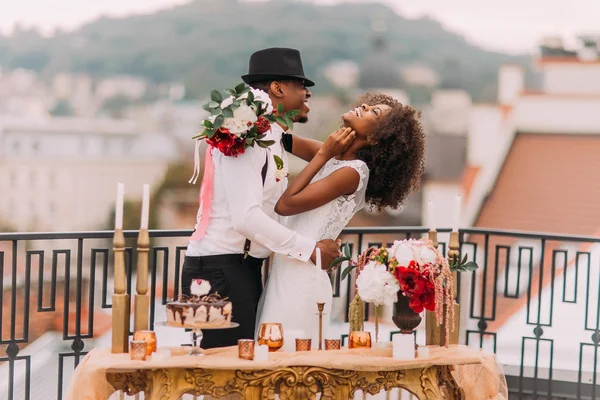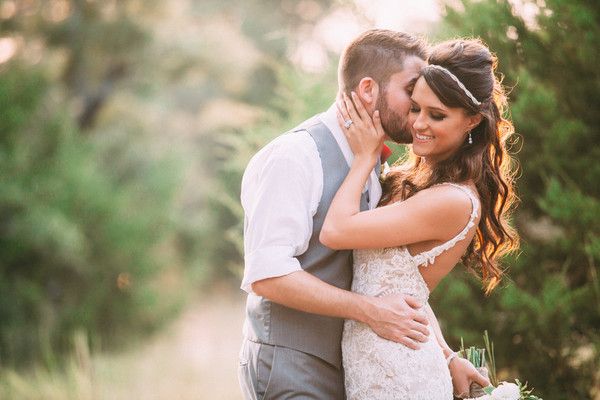Weddings are a universal celebration of love and commitment, but the way we celebrate differs vastly across cultures. From elaborate ceremonies to simple exchanges of vows, weddings are steeped in tradition. One of the most significant aspects of any wedding is the attire worn by the bride, groom, and guests, which reflects the cultural heritage of the couple and their families.
Asian Weddings
In Asian cultures, weddings are a grand affair and are often celebrated over several days. The bride and groom wear intricate and ornate clothing that is steeped in tradition. In India, the bride wears a red lehenga or saree, which symbolizes purity and prosperity. The groom wears a sherwani, which is an embroidered coat with tight-fitting pants. In China, the bride wears a red dress, which is a symbol of good luck and prosperity. The groom wears a black suit with a white shirt and a red tie. The attire worn by the bride and groom in Asian weddings is often a reflection of their cultural heritage and is chosen with great care.
African Weddings

African weddings are colorful and vibrant, and the attire worn by the bride and groom is no exception. In Nigeria, the bride wears a gele, which is a head wrap made of fabric, and an iro and buba, which is a blouse and a wrap skirt. The groom wears a buba and sokoto, which is a long shirt and pants made of traditional fabric. In South Africa, the bride wears a traditional beaded dress, and the groom wears a suit made of shweshwe fabric. The attire worn by the bride and groom in African weddings is often a reflection of their cultural identity and is chosen with great care.
Western Weddings

Western weddings are often associated with the white wedding dress worn by the bride. The white dress is a symbol of purity and has been a tradition since Queen Victoria wore a white dress to her wedding in 1840. The groom typically wears a black suit or tuxedo. However, in recent years, there has been a trend towards more casual attire, with brides wearing dresses in different colors and styles and grooms opting for more relaxed attire, such as khakis and a blazer.
Wedding Rituals
Wedding rituals vary widely across cultures, but they all serve to symbolize the union of two people. In Hindu weddings, the bride and groom exchange garlands of flowers to symbolize their acceptance of each other. In Jewish weddings, the bride and groom sign a ketubah, which is a marriage contract. In African weddings, the bride and groom jump over a broom to symbolize their union.
Regardless of the culture, weddings are a celebration of love and commitment. The attire worn by the bride, groom, and guests, as well as the rituals performed, are a reflection of the cultural heritage of the couple and their families. The impact of cultural traditions on wedding attire and rituals is significant, and it serves to make each wedding unique and special.

